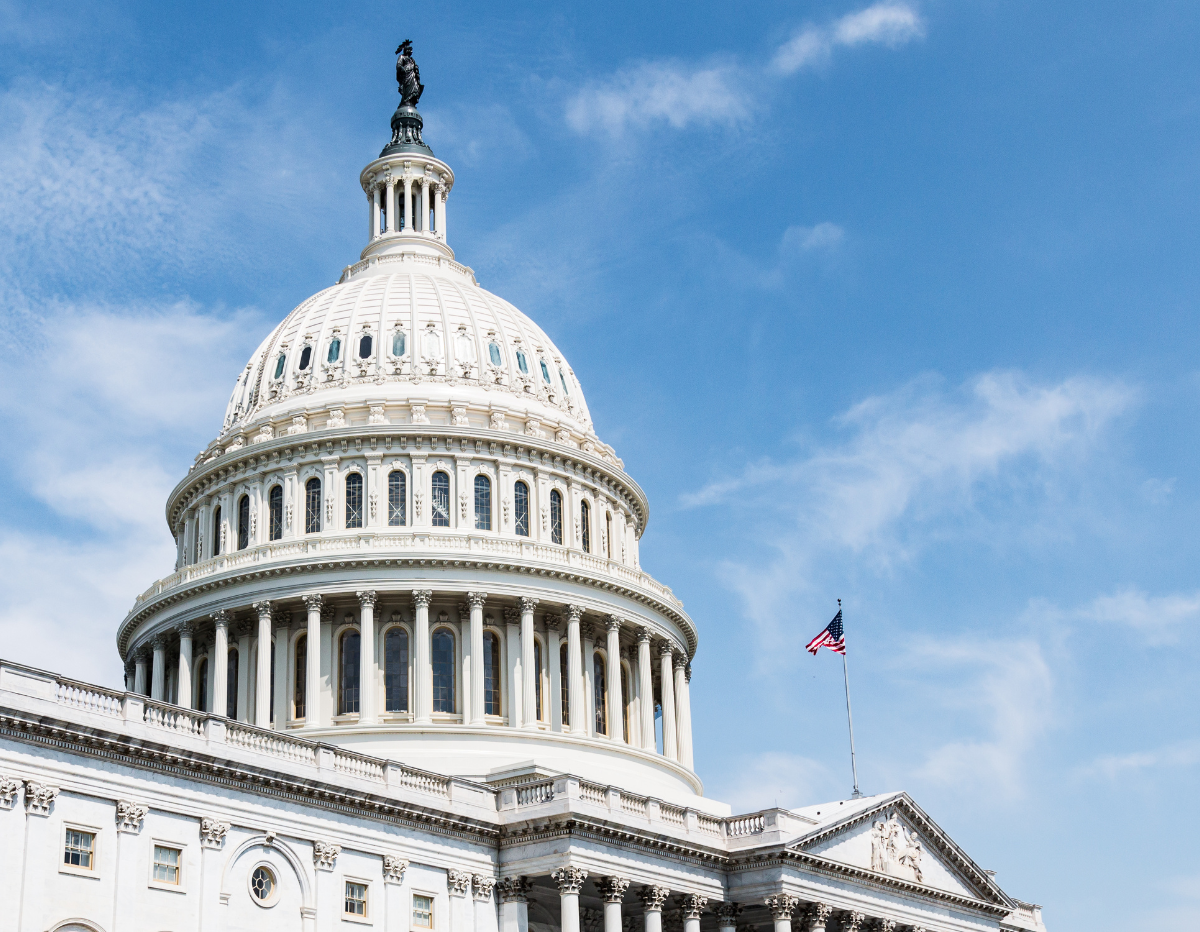
After the dust settled on the 2022 elections, we spent the dark weeks of winter getting grips on the balance of political power across the country. And here we are. February. The plunge into legislative sessions is squarely upon us. Some states are already nearly done for the year, but the buzz is still loud and exciting. Coalitions are organizing and advocating in our statehouses, lobbyists continue to work behind the scenes, and legislators are dropping bills in virtual hoppers in capital cities across the country.
In 2023 Republicans control the house, senate, and governorship (aka the trifecta) in 22 states, Democrats hold a trifecta in 17 states, leaving 11 states with divided government. The landscape of possibility is vast and fraught with partisan divide and opportunities to cross the aisle. Even the trifectas open the door to collaboration with any willing legislator — thin majorities often still rely on moderate votes or bipartisan collaboration to pass bills.
As I look across the landscape again this year, I still spend, maybe too much, time obsessing about how policy can tear down what is harming communities while also expanding access to safety for all, especially those that need it most. I still question if and how statutory change can be transformational, when the job of statute(s) is to express the intent of the majority power. These things still keep me awake at night but I’m inspired and influenced by the work of M4BL, Project Nia, and the Movement Strategy Center, organizations that are feeding the collective imagination with deliciousness about what it means to transform out of our current system into a form that centers our communities. (Learn about those organizations below.)
At EJUSA we struggle together around the concepts of reform vs transformation in our policy work every day because we know that people who are criminalized are harmed every day and reforms that make specific fixes matter. At the same time, to get to the transformation we want, we must attack the root causes of violence, create authentic pathways to repair and heal from violence. That requires —- that’s more than just tinkering with the existing system —- we’re talking big, transformational shifts in how our governments and communities operate from day to day. I don’t have the answer or even think there is one right answer but what I do know is that it is more important than ever to interrogate the details and make sure our communities are at the decision-making tables.
Our work is in our streets and in the statutes. Our statutory battlefield was grown from slavery and weaved into our criminal legal system — from executions to mass incarcerations to police killings, and everything in between. But I want to be loud and clear here: policy work is only a small part of making change. It’s not a substitute for relationship-based community organizing, public protest, and community-based efforts. It’s a tactic borne of our organizing together, acting in service to the needs of our communities, responding to harm, and advancing successful strategies from the ground.
Let’s turn to 2023. What’s happening in our legislative chambers? With some major exceptions (looking at you California), state budgets appear to be robust. This is potentially good news for the continued evolution in how legislators and policymakers are understanding violence intervention and the drivers of violence. We’re seeing more and more states consider legislation to support financially, frontline intervention work through grant programs, federal dollars, and leveraging medicaid to pay for hospital based violence intervention work.
State legislative campaigns to abolish extreme sentencing in California and Ohio continue to gain traction. At the same time, states are considering a slew of regressive bills to increase punishment and shield police from accountability in states like New Jersey, Kentucky.
A glance at what we’re working on and watching:
Arizona: SB1475, a bill to abolish the death penalty. We don’t expect Arizona to repeal its death penalty this year, but the introduction and strong hearing in January are great stepping stones to moving the bill further in future sessions.
California budget: Continue the grant funding for indigent defense, and allocate funding for implementation of the California Racial Justice Act, including the necessary funding for defense counsel.
Ohio: (bill number tbd) a bill to abolish the death penalty in Ohio.
New Jersey budget: Continue and increase investments to fund community-based violence intervention strategies. This year, there is $15 million in the governor’s budget, a $5 million increase from previous years.
New Jersey: S2007, a bill to allow federal medicaid dollars to be used for community violence prevention services, such as those provided by hospital-based violence intervention programs.
New Jersey: S3086/A4978, a bill to establish the Violence Intervention and Victim Assistance (VIVA) office and appropriates $5.5 million for the office and its work.
New York: S214/A2105, a bill to expand access to victims compensation.
Federal Government: S40, a bill to establish a task force to explore reparations.
Learn more about:



